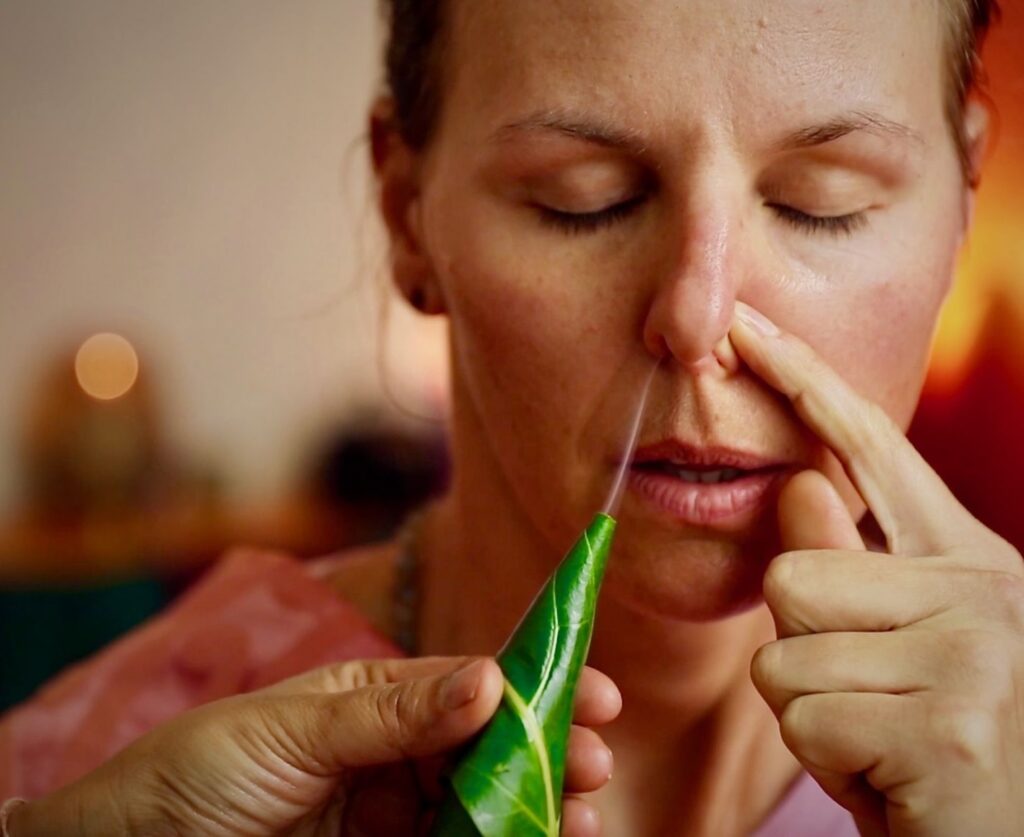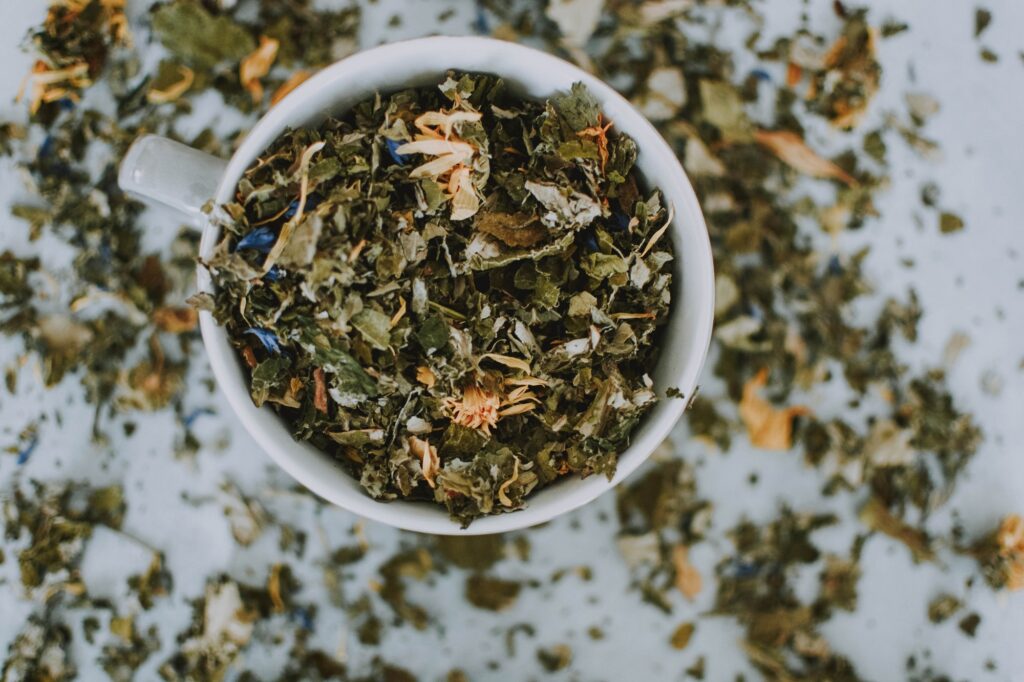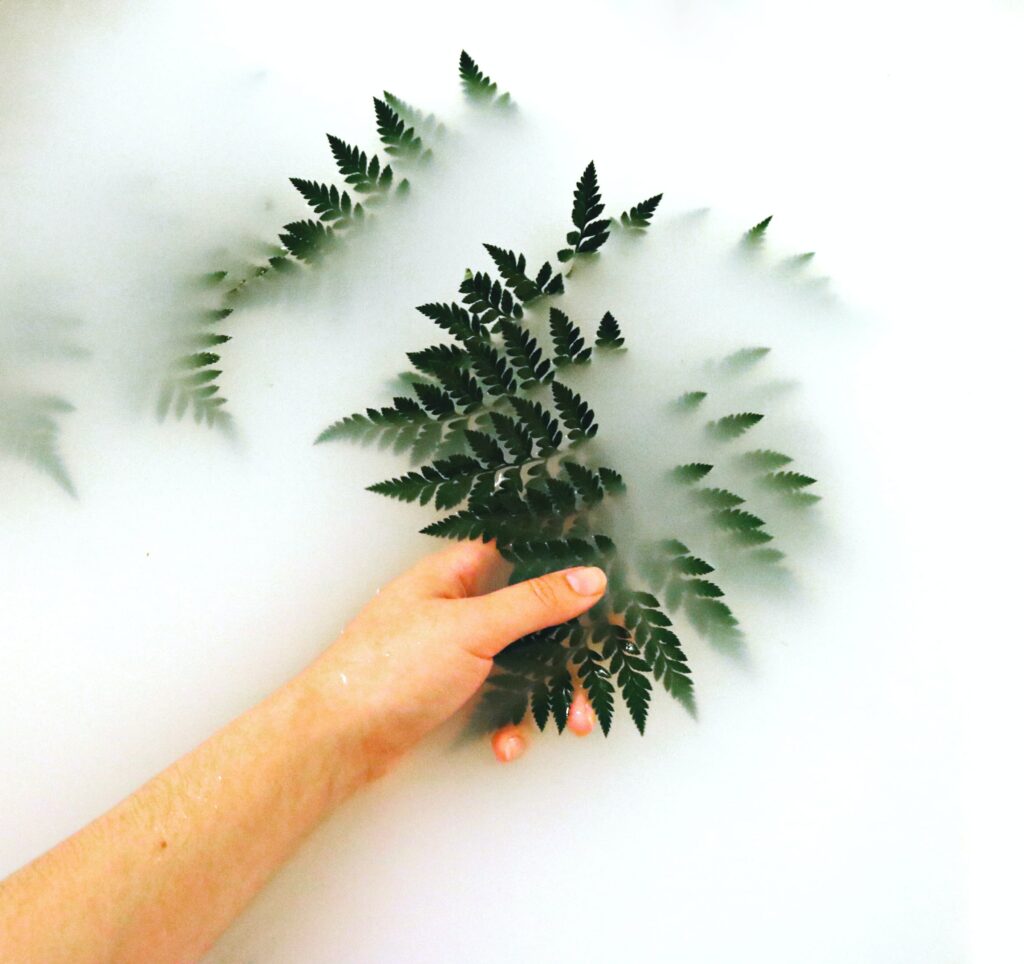

Herbal smoking or Dhoomapana is one of the daily routine advices by Ayurveda.
Why?
It is sometimes used for preventive and therapeutic purposes especially to treat or to prevent the appearance of diseases located above the shoulders and due to the increase of kapha and Vata.
After Pancha Karma, Dhoomapana help toget rid of any residual doshas from the sinuses. It kindles Agni /digestive fire and improves the appetite and eyesight, makes the mind attentive, and has an affinity to the heart, lungs, brain and sinuses.
It balances Vata and Kapha Dosha.
On average, you should smoke 3-4 times a day.
Indications that you are practising Dhoomapana wrong are dry cough and chest pain, and overdoing Dhoomapana can cause nose bleeds and mental confusion, So with all things – moderation is best!
When to do it?
After sneezing, yawning, defecation, urination, having sex, surgical operation, laughing, brushing teeth, taking bath, having food, vomiting.
How to do it?
- sit straight, attentive, with mouth open and inhale the smoke through each nostril alternatively. While inhaling from one nostril, close the other.
- should be done thrice (inhale and exhale smoke at the same time).
- Inhale the smoke by nose first if the imbalanced doshas are localized in the nose and head.
- Inhale the smoke by mouth first and second nose if the imbalanced doshas are localized in the throat and head
- Let out only through the mouth; if let out through the nose, it produces loss of vision.
- Smoking should be done thrice, with three times inhaling and three exhaling alternately.
Simple herbal blends recipes for your dosha:


Tridosha recipe:
- Take Guggulu, pound it well.
- Add neem, turmeric, saffron and black gram.
- Make it into the form of a wick.
- Add ghee for lubrication.
If you burn this wick, it should easily catch fire and yield smoke.
If guggulu is not available, you can simply make the combination using the other herbs like cited below, as per availability, put on a hot pan and inhale the smoke.
You can also use any of the following common available herbs / combination of herbs
Guggulu, musta (Cyperus rotundus), vetiver, varanga, saffron, black gram, barley, sesame seed, fat, marrow, muscle- fat and ghee, rose, chamomile, cardamom, cinnamon, thyme.
Building blend for Vata Types: bala, ashwagandha, vidari and licorice and a drop of ghee (pacifies vata increases Kapha).
Pacifying blend for Pitta types: rose, sandalwood, saffron. (pacifies Pitta
Cleansing blend for Kapha Types: Clove, Cinnamon, Cardamon.
For insomnia: add poppy seeds and nutmeg.
To study, add Brahmi: 1-2 drops of Brahmi ghee improves cellular intelligence.
For lungs cleaning and reduce harshness, you can add mullein to your blend, it burns slowly and it is soothing the throat, cleans the lungs, activates lymph circulation in the chest and the neck. It is also diuretic and encourages expectoration
For normal situation
Vata Herbs are: tagara, dashamoola, Tulsi or basil, thyme.
Pitta Herbs are: chamomile, lotus, Rose, sandalwood.
Kapha Herbs are: Manjistha Musta, Saffron, thyme, licorice.
Signs of proper herbal smoking
- Clarity of mind, clarity in thinking process
- Clarity in throat, abscess of mucus collection in throat
- Clarity in sense organs
- Lightness of head
Benefits of smoke therapy


The combination of herbs will be done according to your needs, disorders and can be done in case of cough, dyspnoea, rhinitis, disorders of voice, bad smell of the nose and mouth, hair loss, discharges, itching, pain in ear and nose, loss of function of the ears, mouth and eyes; headache, migraine, eye pain, toothache, excess drowsiness, strengthens sense organs, excess sleep,…
What precautions should I take:
Inhalation of smoke should not be done if you are suffering from:
- Bleeding disease: nasal bleeding, menorrhagia
- On purgation treatment or enema
- Ascites, intestinal obstruction
- Diabetes, urinary tract disorders
- Blindness
- Flatulence, bloating
- Diphtheria
- Injured in the head,
- Anemia and jaundice
- Those who have kept awake at night.
What you feel if you do it wrong?
Impairment of voice
Presence of Kapha (phlegm) in the throat and heaviness of head
If you smoke herbal in excess, palate, head and throat will get dried up and become hot. You can feel thirsty; you can feel dizziness and hotness in sense organs.
Also, if you doing Dhumapana at improper time or in excess it can leads to
- bleeding disease,
- blindness,
- deafness,
- excessive thirst
- burning sensation
- fainting
- delusion.
You can see that all these are symptoms of Pitta increase. For this, cold regimen should be taken and cooling herbs as well.
If such troubles occur due to untimely and over smoking, you need to change your intake and have to do it properly.
In case of such symptoms you can use ghee because it will help to relieve burning sensation, and excess of dryness caused due to wrong herbal smoking.
Practice Nasya (nasal drops) with Anu Tailam or sesame oil. It helps to soothe the inflamed nasal mucosa and to strengthen sense organs.
Collyrium and demulcent drinks are prescribed.
If you follow what has been said, there is no reason for unpleasant symptoms.
References
An effective Ayurvedic herbal smoking technique for prevention and treatment
